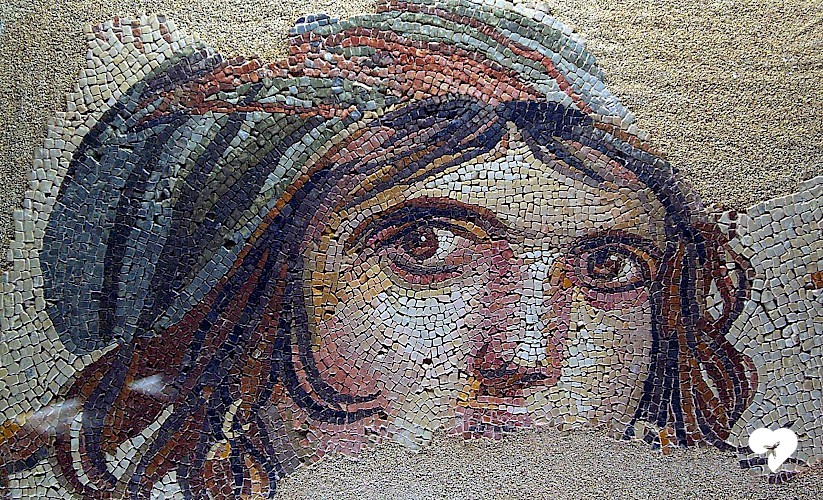Charming visitors with the glittering Gypsy Girl mosaic, Gaziantep takes you on a delicious journey full of local delicacies.
For centuries Gaziantep has become a meeting place for the naturalists, historians, archaeologists, enthusiasts of adventure and for the ones who are in love with art, devotee of nature and wanderers of cultural values. It is particularly well-known throughout Turkey for its excellent pistachios and rich gastronomy. Its gastronomic connections to the ancient past have contributed much to the formation of the city’s cultural identity.
Designated UNESCO Creative City in 2015.
Rooted in the local economy as a major driving force, gastronomy is also an important element in creating intercultural dialogue and social cohesion, thus placing the city in UNESCO's Creative Cities Network. Lahmacuns (a delicious pizza topped with spicy meat and herbs), İçli Köfte (a kind of meatball that has been cooked with a paste made of cracked wheat and meat and then fried) and baklava (a honey and nut pastry in Turkey) are only three of many delicacies that will delight both the palate and the eye.
The city hosted many civilisations throughout history and it has been inhabited since prehistoric times. The discovery of sumptuous mosaics in the ancient city of Zeugma nearby has contributed not only to the cultural richness of Turkey but also to the cultural heritage of the world. One of the largest mosaic museums is to be found here and the pieces from Zeugma, in particular the world-famous gypsy girl mosaic, astonish the visitors.
The city's castle was originally built as a watchtower in the Roman Period. But today’s appearance dates from the Justinian era. The Archaeology Museum has important artefacts from Neolithic, Hittite and Roman times. The Hasan Süzer House, from the turn of the century, was beautifully restored as the Ethnographical Museum. The artisans of Gaziantep specialize in copperware and furniture inlaid with mother-of-pearl.
In the west of Gaziantep, the Dülük Forest makes a good day’s outing or you can stay overnight in the campsite. Enjoy strolling through the archaeological site in the woods which dates back to prehistoric times! A Hittite school of sculpture is centred there in Yesemek where more than 300 works of art still reflect the beauty of the Hittite period. Kargamış, close to the Syrian border, is another important archaeological site that once served as a late Hittite capital on the banks of the Fırat River. The site's finds including immense basreliefs are on display now in the world-famous Museum of Anatolian Civilisations in Ankara.
Home to the beautiful Roman mosaics, the ancient city of Belkıs (Zeugma) is along the Fırat River on the edge of the county of Nizip. At the junction of the Fırat River and Merzimen Creek, there is Rumkale on a rocky hill which bears a special importance for Christianity as it is believed that this is where St John copied and edited the drafts of his gospel.
